Fire Fighting Pumps in Melbourne
Fire Fighting Pumps: A Key Component in Effective Fire Response
What is a Fire Fighting Pump?
Types of Fire Fighting Pumps
Centrifugal Pumps
Commonly used, these pumps operate by converting kinetic energy into potential energy, making them ideal for firefighting operations that require high water flow.
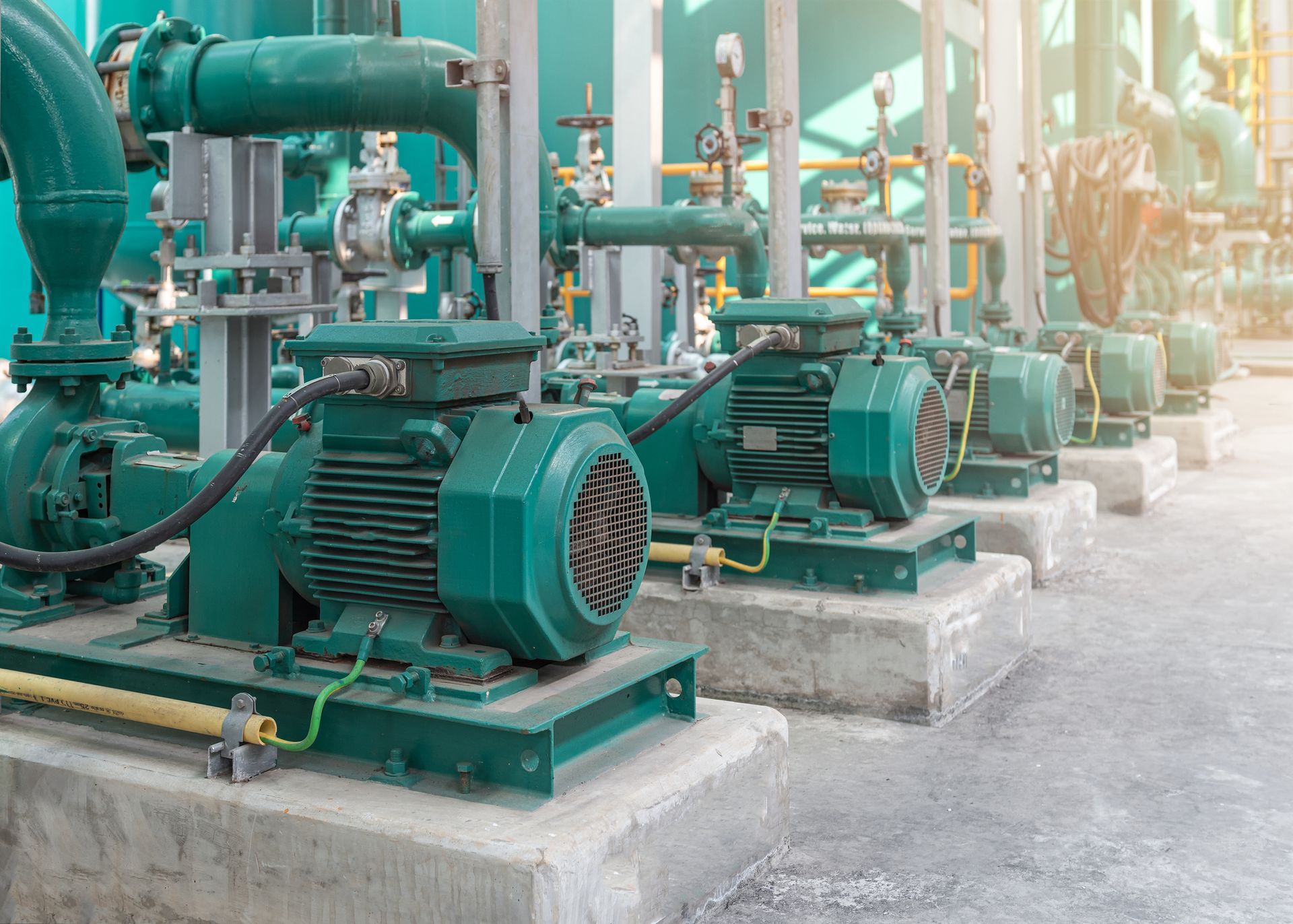
Vertical Turbine Pumps
Best suited for facilities with underground water sources, these pumps activate when the water supply is situated beneath the pump.
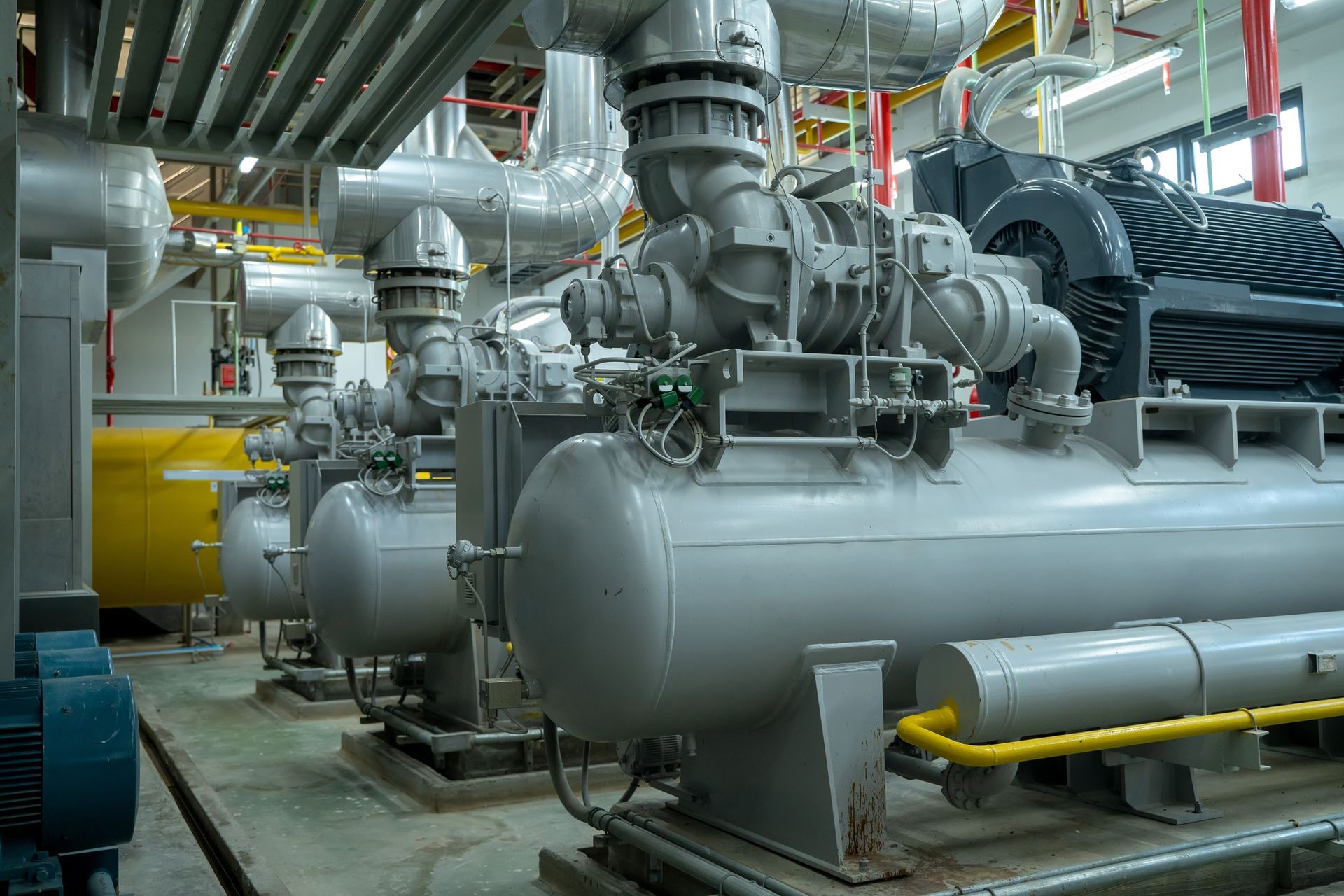
Horizontal Split Case Pumps
Renowned for their durability and long lifespan, these pumps serve a wide array of firefighting requirements.
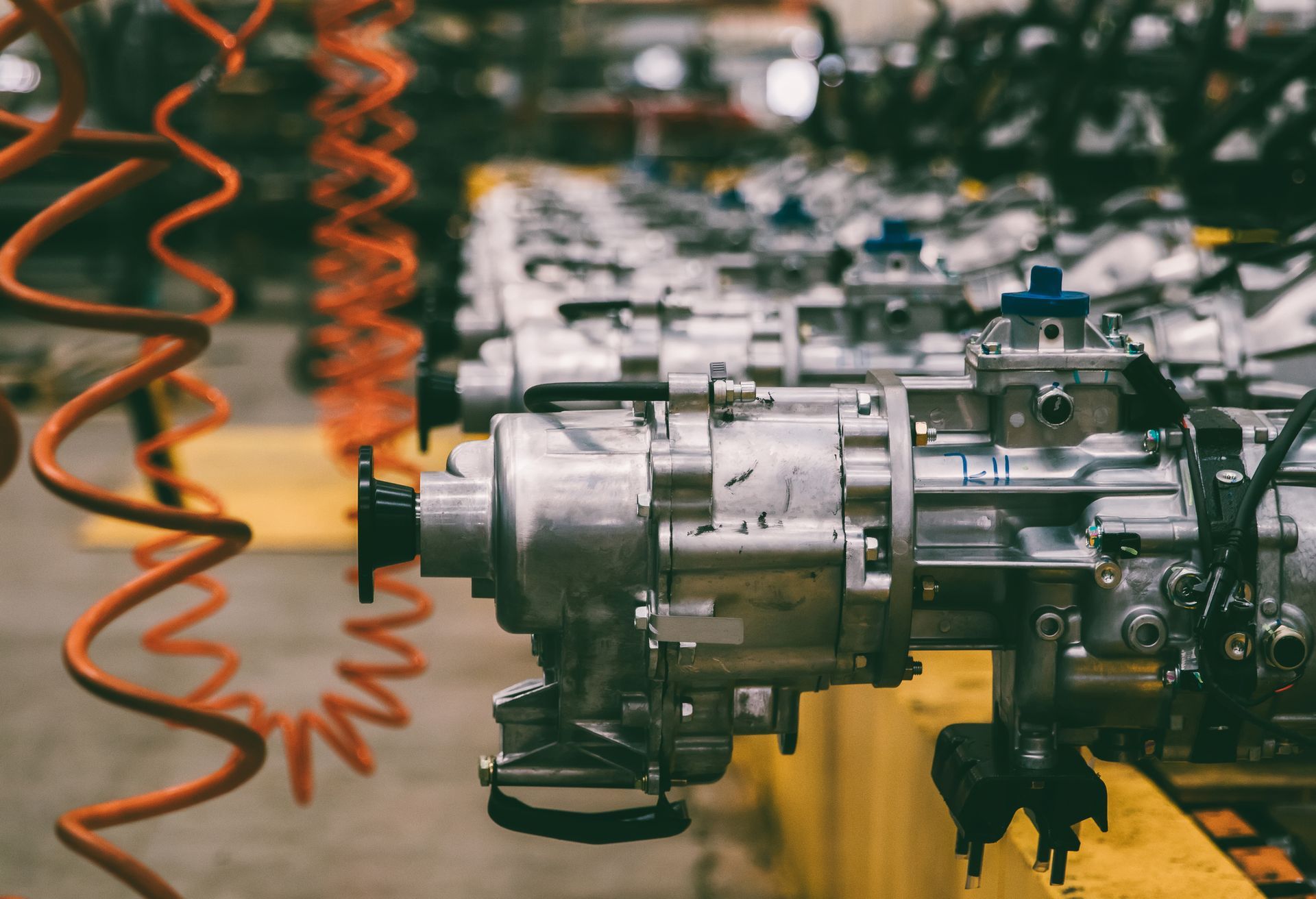
End Suction Pumps
These pumps are both compact and cost-effective, typically employed in more modest firefighting configurations.
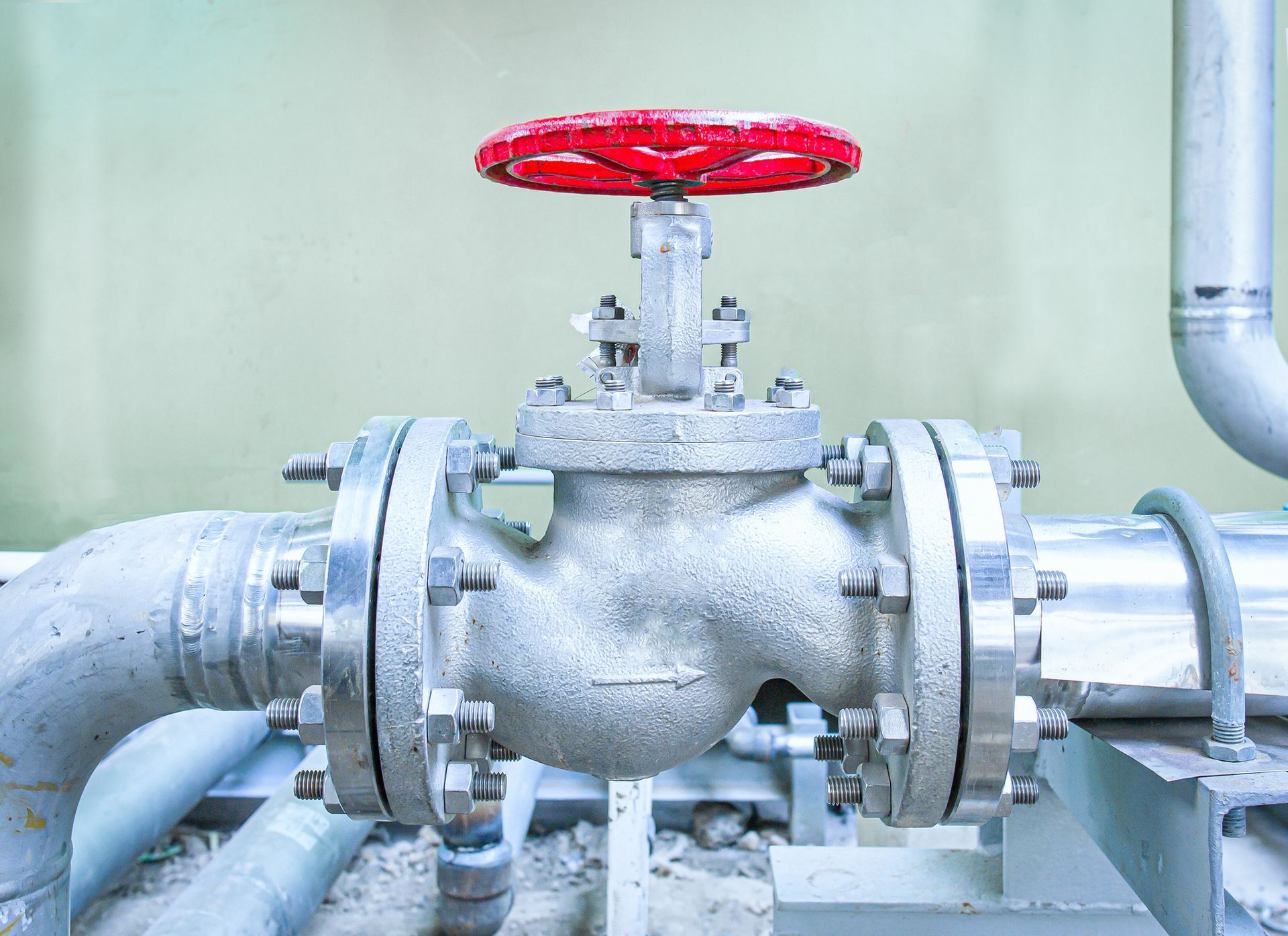
Why Fire Fighting Pumps are needed?
Reliable Water Supply
In order to ensure a consistent water supply for firefighting, Firefighting pumps ensure water pressure remains consistent, empowering the firefighting system to function at their best
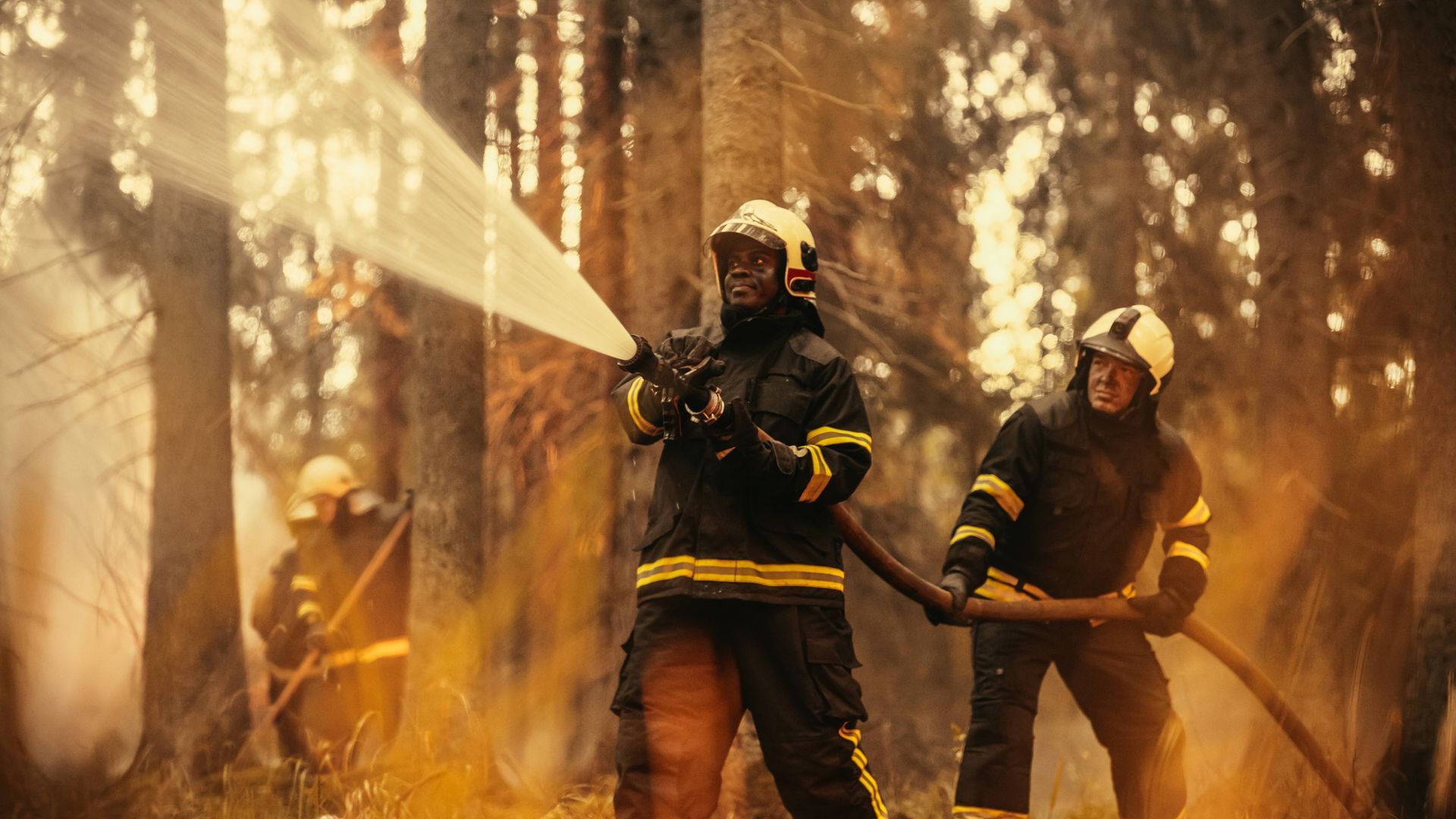
Meeting Facility Demands
In multi-story buildings, water pressure can significantly decrease on upper levels due to the force of gravity. Firefighting pumps address this issue by guaranteeing that every part of the facility receives water with sufficient force to combat fires effectively.
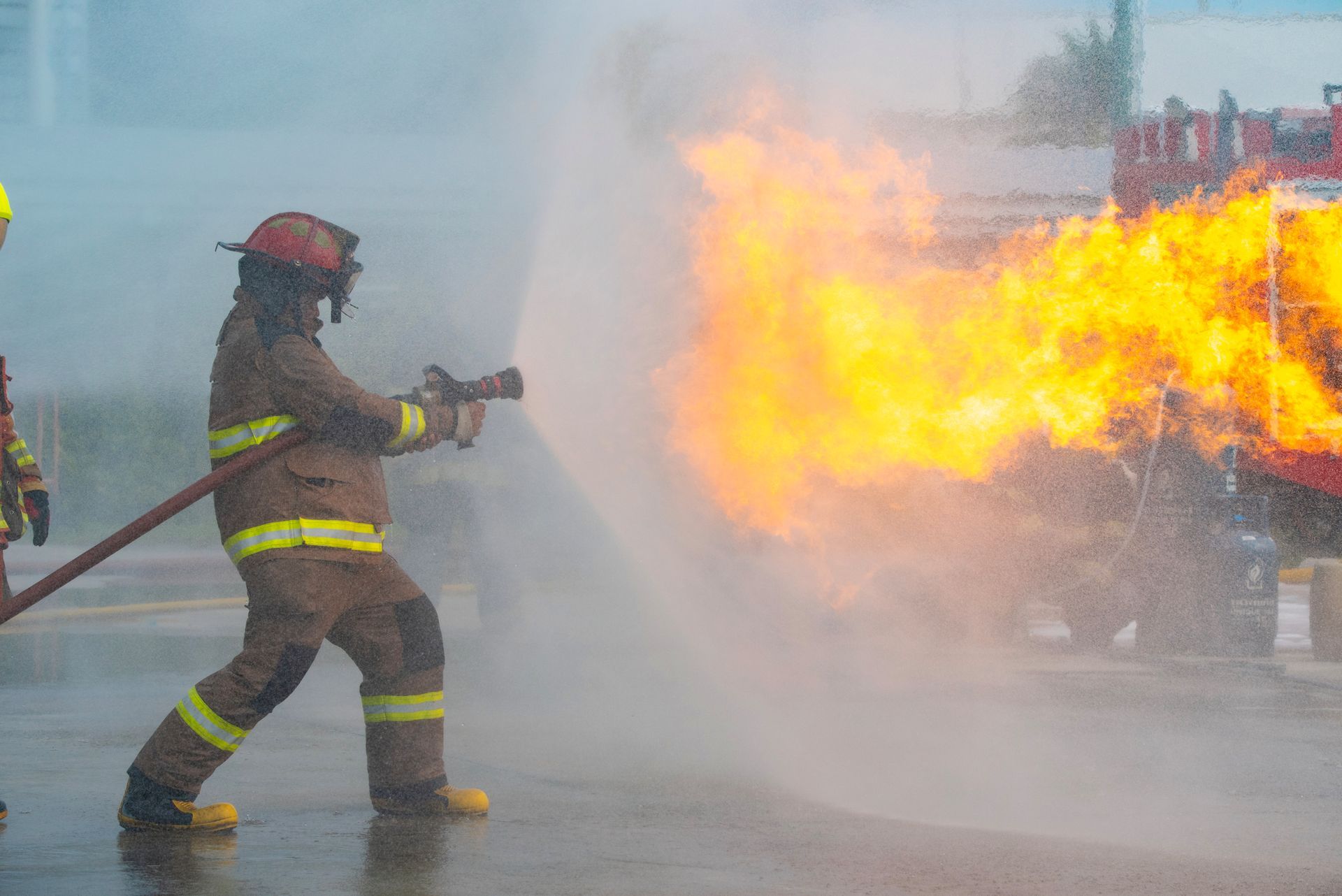
Backup During Water Shortages
During significant fires in nearby areas, municipal water supplies may encounter pressure reductions, jeopardizing the effectiveness of firefighting efforts.
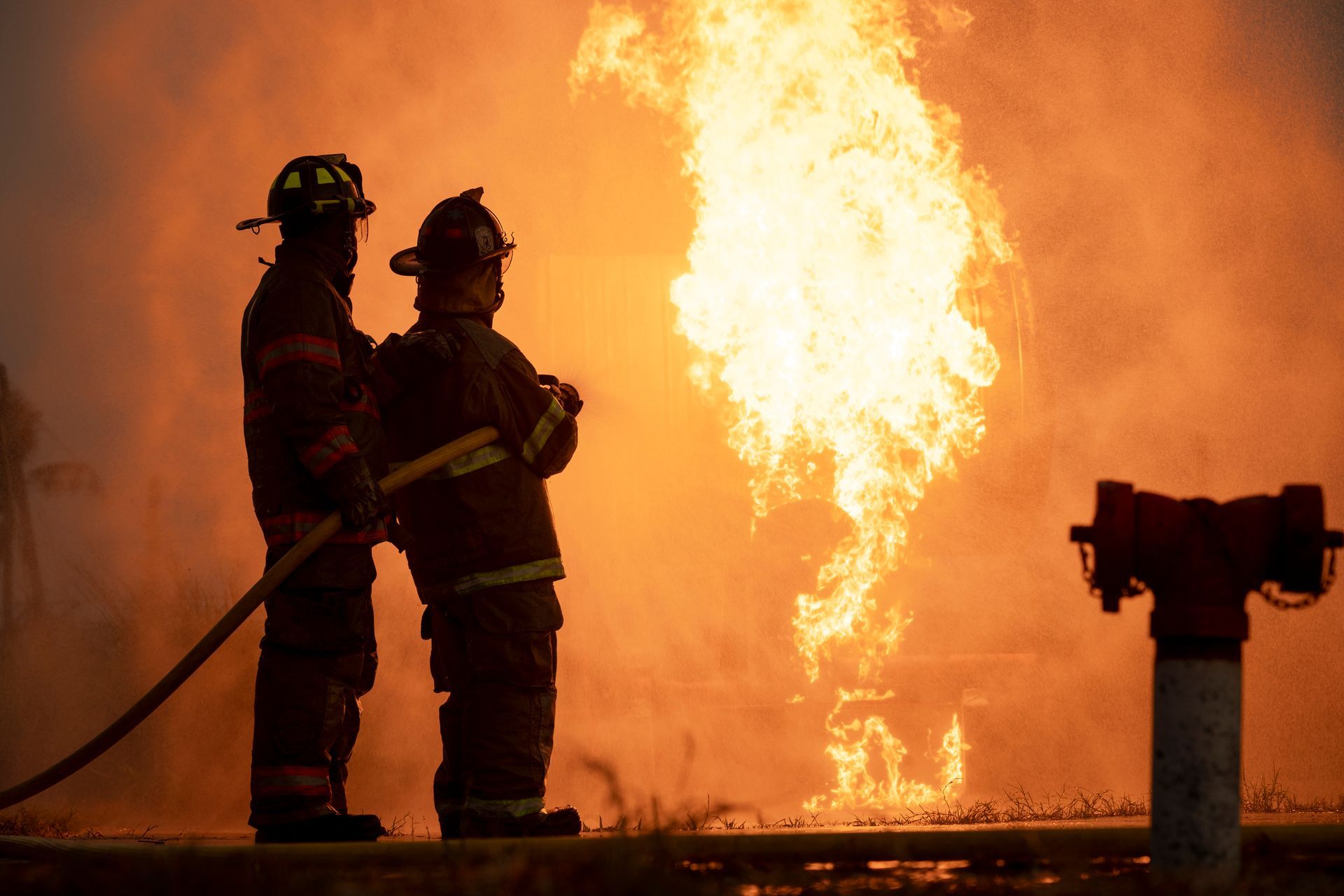
For all your pump repairs and parts, simply call our friendly and experienced team on 03 9314 4977 now.
